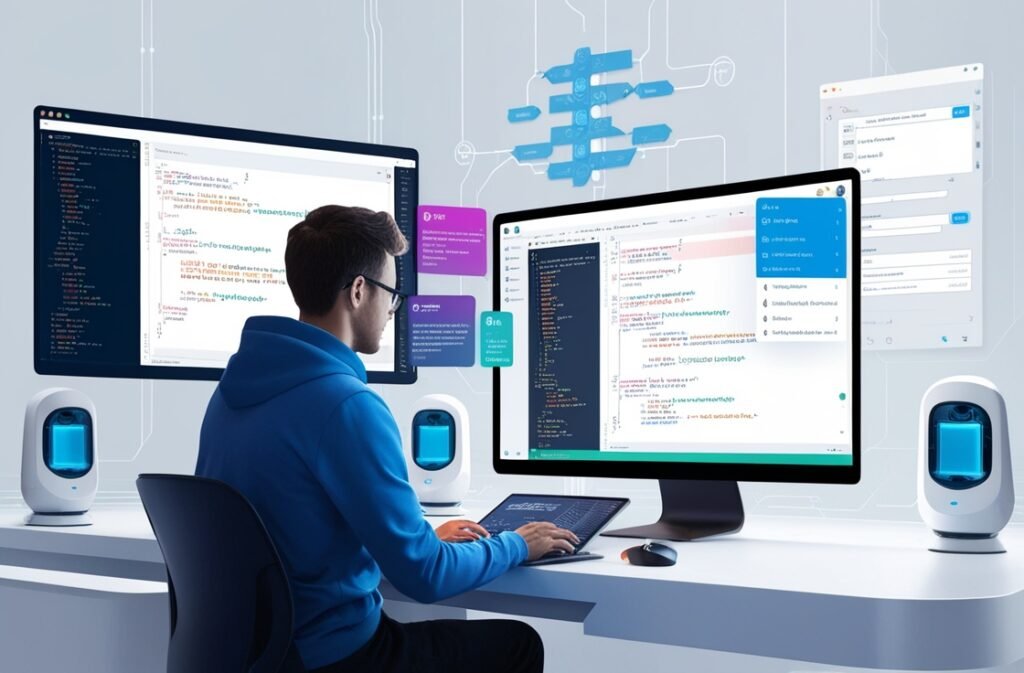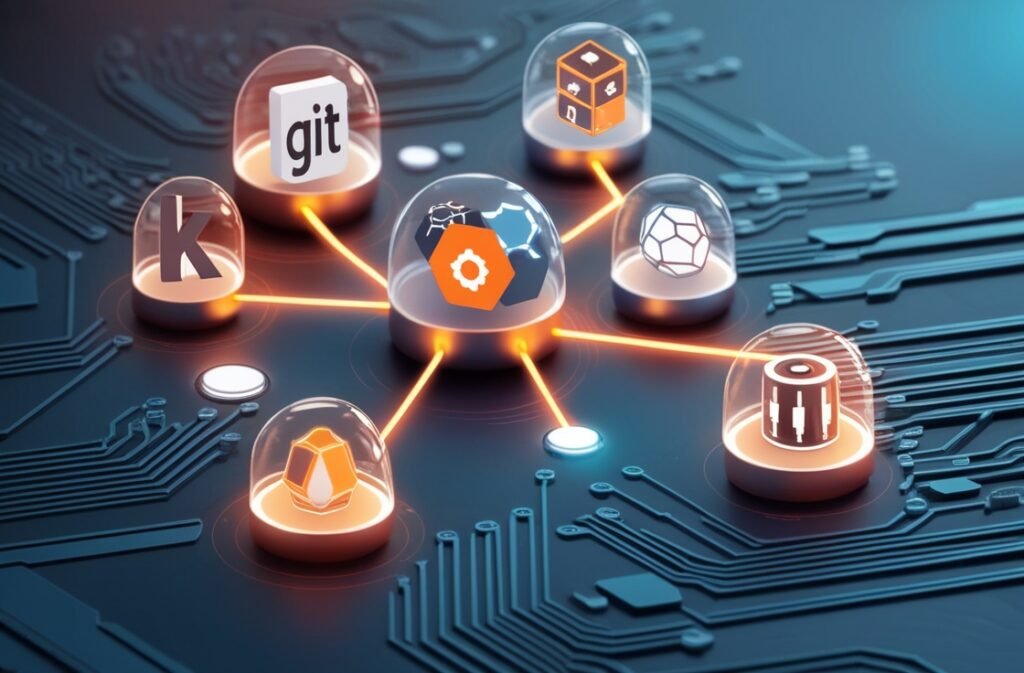Elaborating the AI-Powered Software Uses in 2024, Artificial intelligence (AI) was truly changed in 2024, making businesses more efficient, creative and intelligent, in nearly every industry. While AI powered software is still futuristic and a super point in motion, it’s no longer something to aspire to, it’s a matter of survival. Whether through automating mundane tasks or making it possible to use predictive analytics or fostering collaboration, it’s clear AI is disrupting workflows. In 2024, we’ll explore how AI powered software is changing the working patterns.
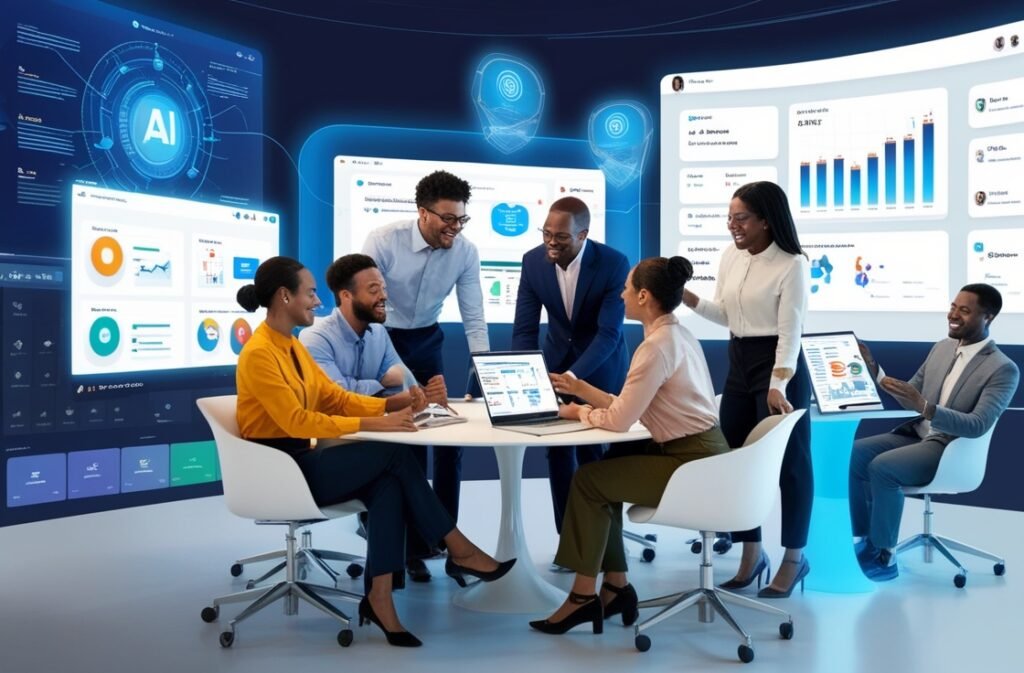
1. Repeating tasks
Automation of repetitive, time-consuming tasks has been one the most immediate impacts of AI powered software on business In building some of the tools that have dramatically decreased the burden of administrative work—scheduling calls to sorting emails—we’ve started using AI based automation tools like Zapier and Microsoft Power Automate. These tools also play very well with various platforms from which tasks such as data entry, document organization, and production of content can be led at best autonomously.
This automation isn’t just freeing up time — it actually frees up time for higher level problem solving and creative but human intuition and expert based tasks. Fast and efficient workflow between 2024 means line between AI assistance and human work has blurred.
2. AI-Enhanced Decision Making
Therefore, AI powered software has become a game changer for decision making processes. Real time data analysis replaced analytical tools and companies can now analyze vast amounts of data with tools like Tableau, Power BI AI driven analytics platforms, etc. This data is run through AI algorithms which sift through this data and generate predictive insights like trends, patterns; and projections in order for leaders to make informed decisions
AI is being used to forecast market or customer trends in sectors like finance, healthcare, and marketing, for better results. Using AI powered analytics, companies can have unprecedented accuracy about where to place their energy, and what to do next, resulting in better results, and more efficient workflow.
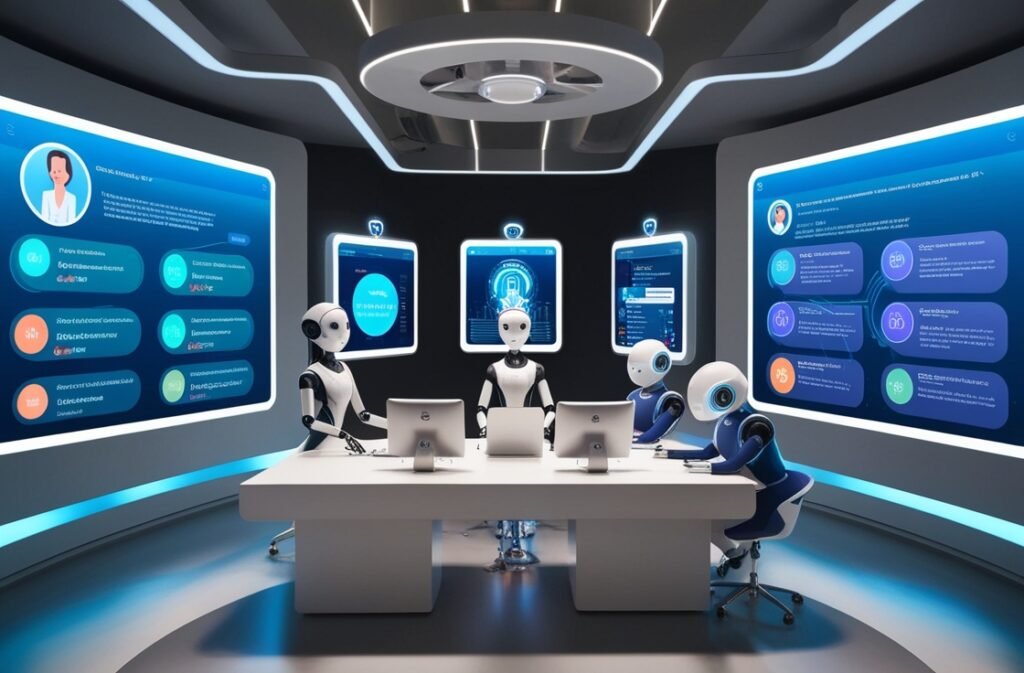
3. Improved Collaboration and Communications
The ways teams collaborate have become smarter with the help of AI collaboration tools, especially within remote and hybrid work environments. Today, many of these platforms use AI to help you with recommendations, task management, and improving communication flows through out the workday, for example, today Slack and Microsoft Teams support the use of AI for these purposes. These platforms can have virtual assistants that are AI driven and create meetings, transcribe conversations and can even suggest some solutions to what you’ve said in the past.
Also, AI translation services have contributed towards cross border communication, which facilitates the global team to cooperate freely without language barrier. Communication tools with AI at hand means even complex workflows among different, distributed teams can be simplified for optimal efficiency.
4. AI-Driven Content Creation
2024 has seen a surge in AI-driven content creation tools, which can generate written content, design visuals, and even edit videos. Platforms like ChatGPT, Jasper, and Copy.ai have become essential for marketers, bloggers, and content creators, reducing the time it takes to produce high-quality content. AI-powered tools assist in everything from ideation to final proofreading, enabling faster turnaround times without sacrificing quality.
In creative industries, AI has begun to augment human creativity, offering new possibilities for graphic design, video editing, and even music production. AI tools like Runway and MidJourney can generate unique visuals or enhance existing ones, allowing creators to experiment and innovate at scale.
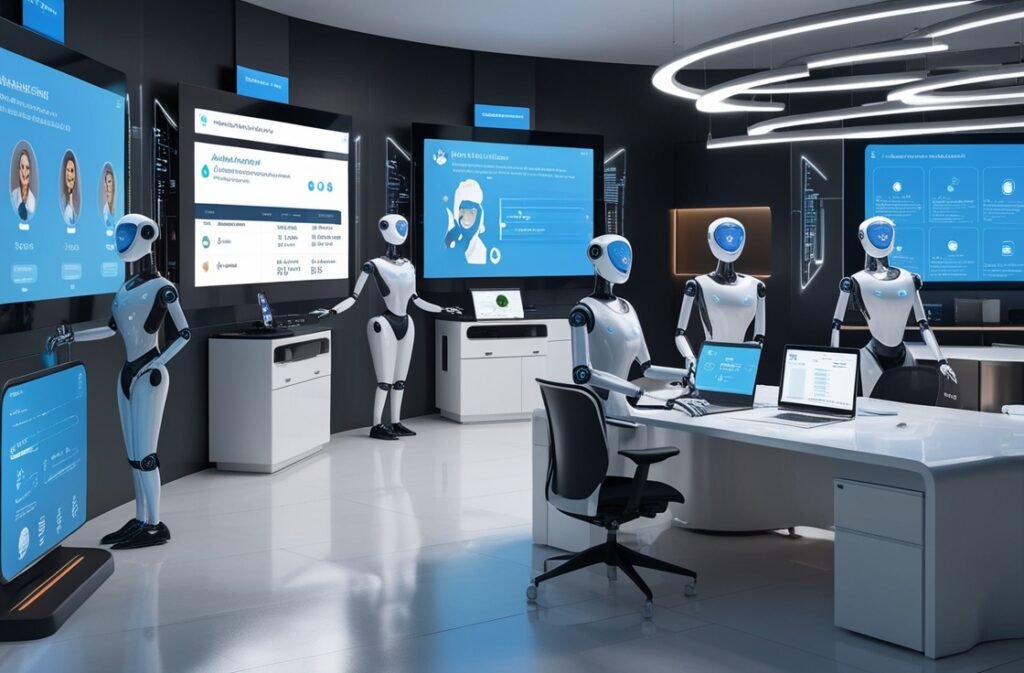
5. Streamlining Customer Service
AI-powered customer service software has evolved significantly in 2024, with AI chatbots and virtual assistants providing seamless support experiences for customers. Tools like Intercom and Drift utilize natural language processing (NLP) to understand and respond to customer inquiries in real-time, often resolving issues without the need for human intervention.
These AI systems are available 24/7, offering personalized support based on a customer’s interaction history. They can handle multiple queries simultaneously, significantly improving customer service workflows and freeing human agents to focus on more complex cases. By reducing response times and enhancing customer satisfaction, AI-powered customer service has become a cornerstone of modern business.
Also Read:
Windows OS vs Mac OS: A Comprehensive Comparison in 2024
Cybersecurity Software to Protect Your Business in 2024: A Comprehensive Guide
